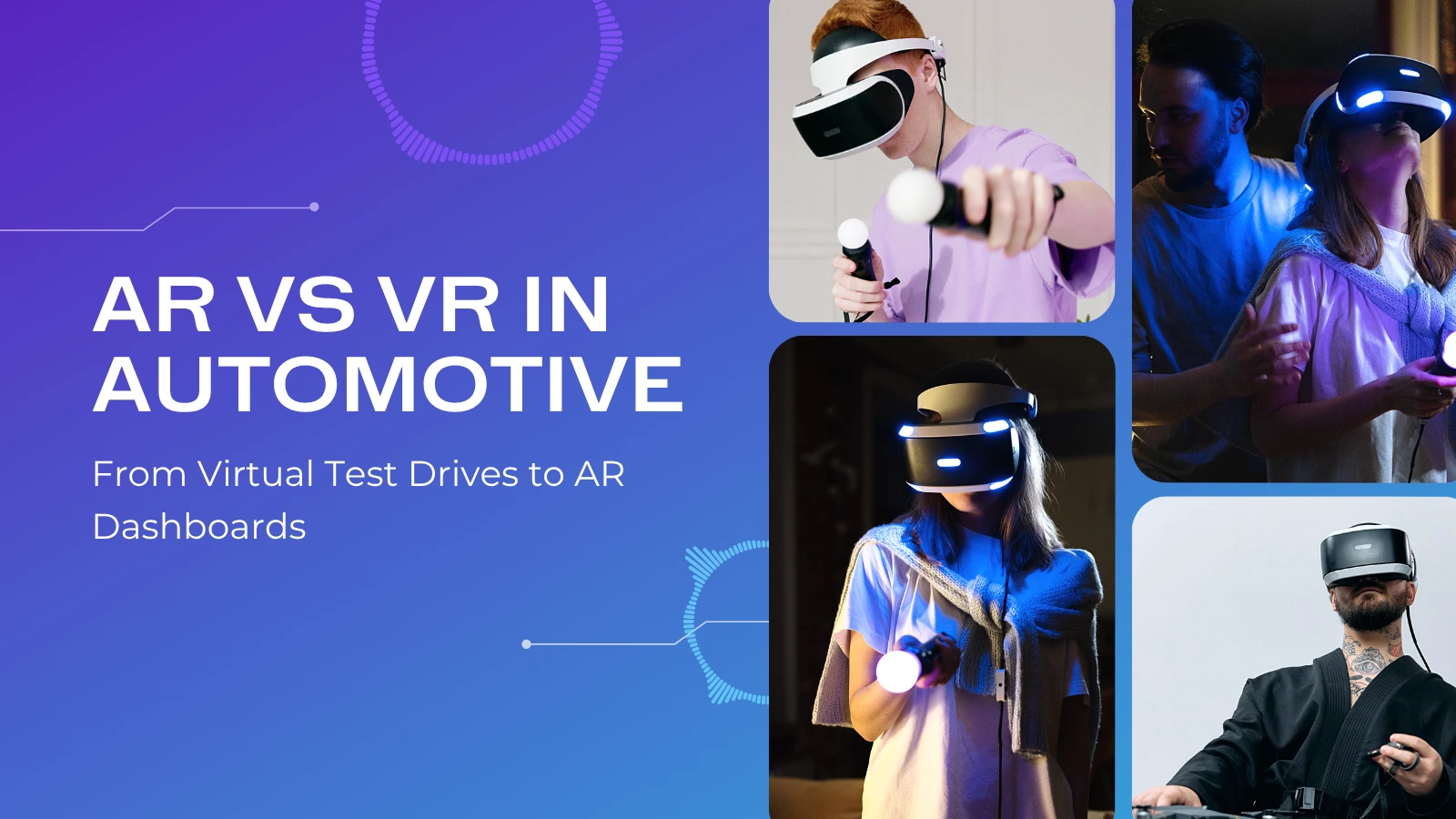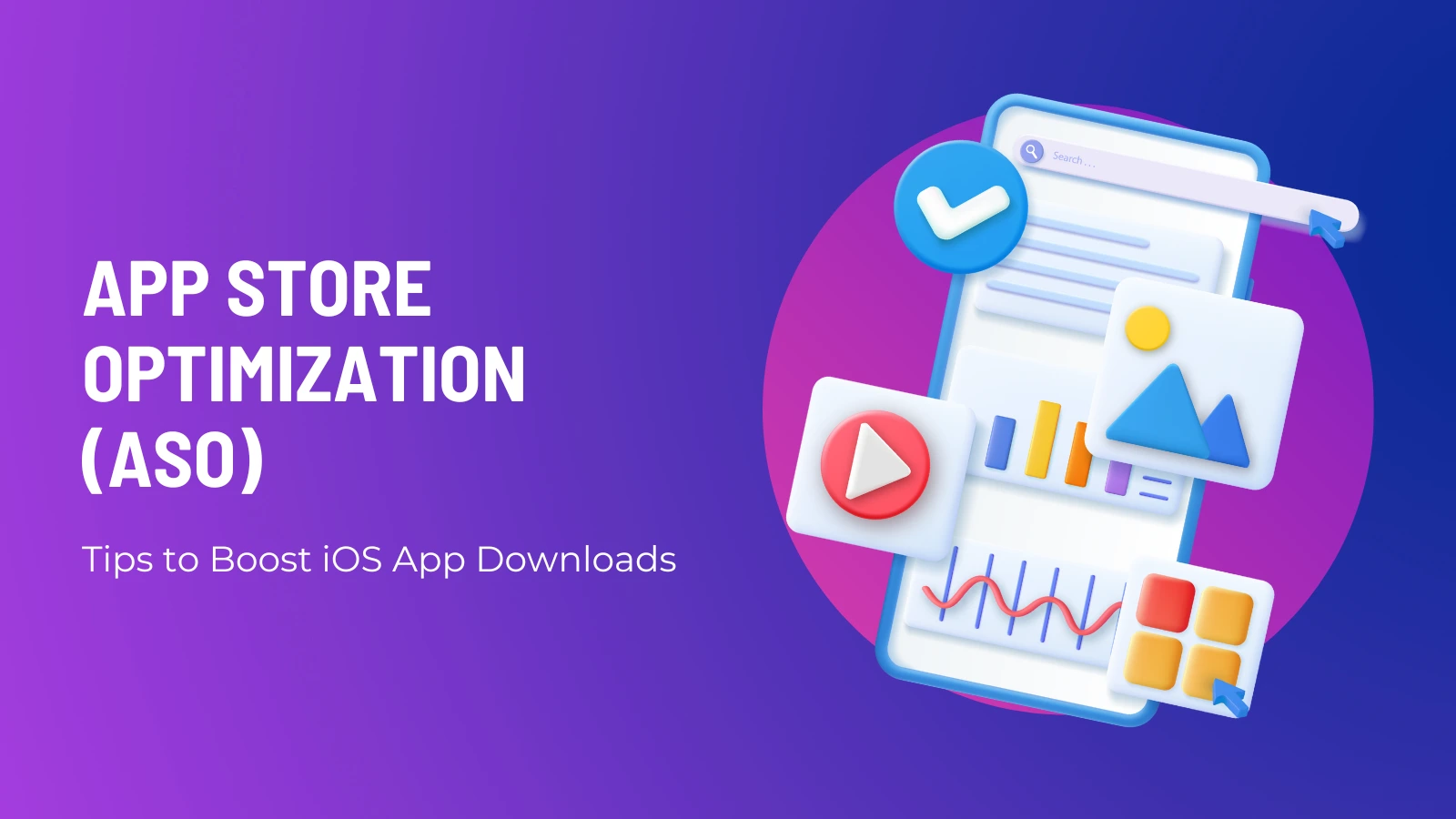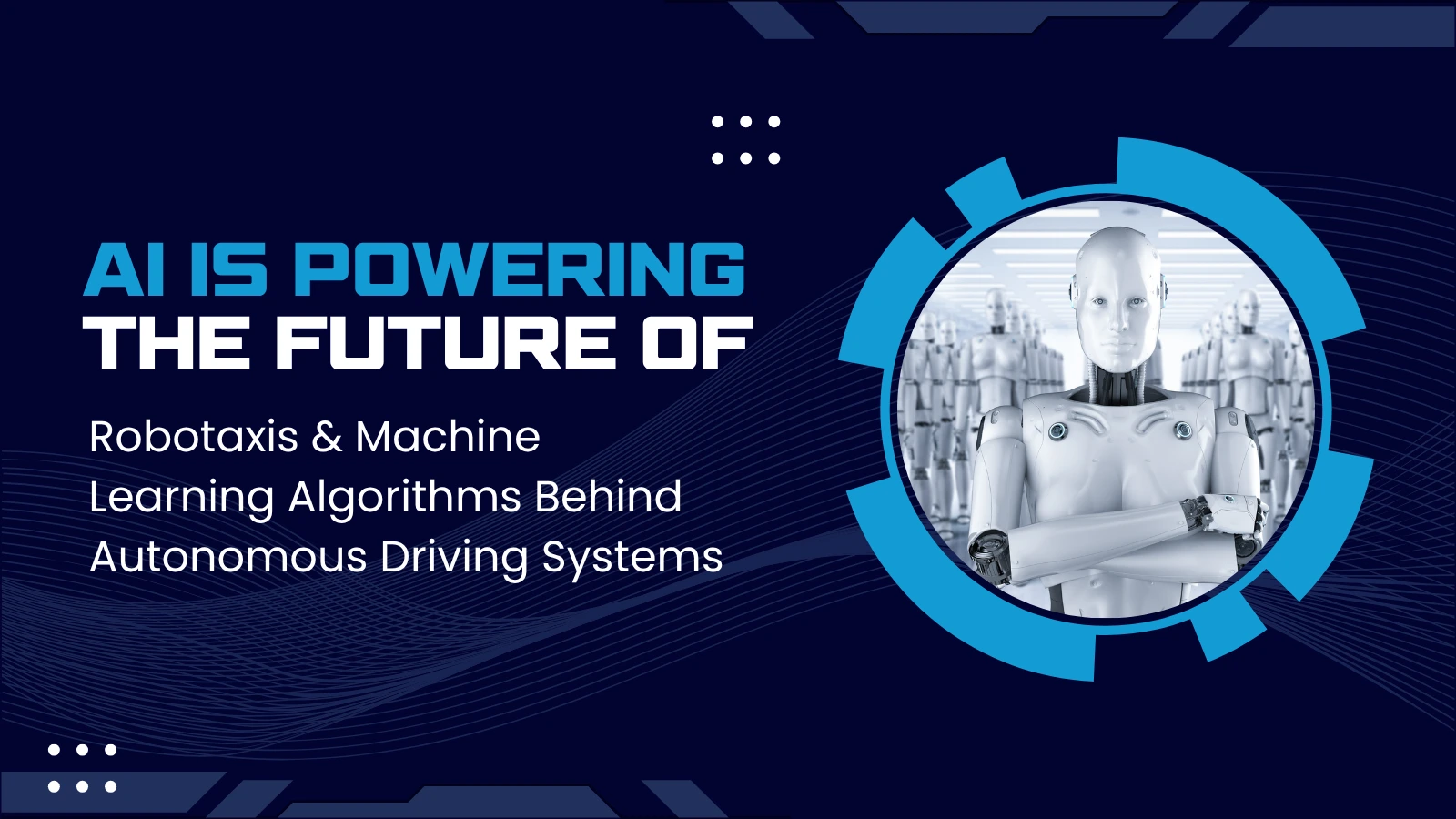Why AI Development Services Are Essential for Scalable Mobile App Solutions
How AI Development Services Power Intelligent, Adaptive Mobile Apps
1. The Scalability Challenge in Modern Mobile Apps
A. Enormous Data Volumes
Customers who are deploying mobile devices generate various data sets – clickstreams, location pings, multimedia uploads, sensor readings – every second. Given the large number of downloads – up to millions of downloads -, and the aim of providing a stable and fast customer service, we now need to employ more strategies for instance intelligent data routing, caching strategies, and real-time analytics pipelines in addition to horizontal scaling of web servers.
B. Increasing User Expectations
Currently, users are demanding more and more. They expect not only the instantaneous services but also the services that are unique to their context. In other words, features that users want to have include profiling, real-time chatting with the service staff, etc. Converting such functions into the monolithic app is no longer an option. On the contrary, the tech-savvy developer has to take advantage of the microservices, edge computing, as well as AI-driven components, to avail themselves sub-second latencies during very short times of crisis.
C. Complicated Feature Sets
What features like automatic fraud detection, real-time recommendations, and automatic customer service can do comprise continuous model training, versioning, and deployment throughout distributed environments. The addition of every new functionality, however, increases the risk of the overall flow becoming slower. This might result in various inconveniences due to the heavy workload of data streams, model inference layers, and API gateways.
2. How AI Development Services Address Scalability
AI development services essentially provide a coherent, end-to-end strategy by which smart functions are integrated into mobile apps. As a rule, they consist of the following:
● Data Engineering & MLOps Professionals build strong data pipelines through CX technologies which include user interactions, sensor readings, as well as third-party inputs to scalable data lakes or data warehouses. This team employs CI/CD (MLOps) for ML, hence they automate the tasks of training, validation, and deployment, with new data that not only without human intervention but also continuously makes the app smarter.
● Cloud-Native AI Architecture The design of AI components in a cloud environment is the quickest route to the most affordable yet successful AI solutions (AWS SageMaker, Google Vertex AI, Azure Machine Learning). AI as a service puts in resources and models to automatically scale in response to real-time inference requests. For tasks like low latency, serverless computing is a good option (e.g., AWS Lambda) to host lightweight models, while containerized inference clusters can undertake large-scale processing.
● On-Device Intelligence The AI services compress and optimize the models so that they can work on edge devices when it comes to such functionalities as those that need immediate feedback or are offline (e.g., face recognition, voice commands, and anomaly detection). Deployment at the edge means that it takes less time for a model to process and send back the results and the user's device while the server is not employed and there are fewer server costs. For example, with the help of TensorFlow Lite, Core ML, and ONNX Runtime, these frameworks can run the machine learning inside the phone itself, which consequently eradicates network latency and server costs.
● API Integration & Orchestration AI development teams execute the hybrid of using third-party AI APIs (e.g., OpenAI, Google Vision, Microsoft Cognitive Services) and custom models alongside each other and at the same time manage the requests by using the most appropriate endpoint for each task. This combined pattern mixes cost and efficiency properly: simple tasks utilize pay-as-you-go APIs, while data-intensive or sensitive-data tasks go for in-house models.
3. Key AI Services for Scalable Mobile Solutions
Service CategoryTypical OfferingsScalability BenefitConversational AIChatbots, voice assistants, dialogue managementProvision to battlefield any of the queries, take the burden off backend systems during busy times, support the business available for the customer service 24/7 without human agents.
PersonalizationRecommendation engines, user segmentation, A/B testingAutomatically transfer a list of products or content to customers corresponding to their profiles, adapt model complexity dynamically based on a user base of different sizes. Computer VisionImage classification, object detection, OCRGet images preprocessed by the device for own use and receive immediate feedback, handle large sets of images for analysis in the cloud.
Predictive AnalyticsChurn prediction, demand forecasting, anomaly detectionInform a user that a certain pattern of operations is likely to lead to his or her leaving a service, know exactly what the customer will buy in the next few years, and discover any unexpected events in the business.
DataOps & MLOpsPipeline orchestration, model monitoring, rollbackEnsure model health under load, automatically scale training/inference clusters, maintain auditing and compliance.
4. Benefits of Outsourcing AI Development
Though there are those who are walking the path of AI in their companies, others are with the opinion that the hiring of specialized AI development services is the best way to go mainly due to the following factors of scalability:
● Rapid Time-to-Market Specialized experts bring their ready-made, customizable AI components—such as chatbots, recommendation engines, and computer vision—payments that can be personalized and put into production in the shortest time, reducing the time taken from months to just a few weeks. This adaptability is crucial for mobile applications in markets where the competition is very stiff.
● Access to Deep Expertise Firms developing AI have experts who have knowledge across different industries which enables them to first of all tune performance, design distributed systems, and apply advanced ML adequately. Moreover, they are able to bypass the obstacles such as model drift, data skew, and privacy observance without the necessity of making errors in the process.
● Cost Efficiency Companies that choose the services of an external AI team instead of recruiting and training an in-house one pay for the work done. Providers benefit from economies of scale by many services (1) -cost sharing the licensing of the cloud infrastructure running the GPU instances and optimizing the inference runtimes which can minimize the billed computer time.
● Continuous Improvement By means of timely repairs, AI services evaluate model results and customer feedback and, if necessary, implement changes in models or train them from scratch to ensure that the models continue to be effective and responsive in the light of the new user behavior.
5. Real-World Examples
5.1 Fintech App with Intelligent Fraud Detection
A company that offers a digital wallet has used a service of an AI development company to construct a real-time fraud detection co-pilot. The normal part of the decision is made directly by each transaction, but those that occur with a much lower frequency are carried off to a deep learning ensemble residing in the cloud. The whole system is retrained on the new fraud vectors after getting the data, and it can handle the data of more than 10 million transactions on the day without a decrease in the process speed.
5.2 Retail App with Dynamic Personalization
AI experts and a fashion retailer's mobile app combined efforts in order to put a recommendation engine on. This was a mixture of content-based and collaborative approaches which essentially allowed the browsing and purchasing of signals sent through a device. A custom TensorFlow Lite model was employed to rank the signals in real-time to deliver the fitting recommendations in a very fast manner. Also, the cloud-based part of the system, which was based on collaborative filtering, kept refining the recommendations based on global trends every hour. This way, the company was able to ensure that each recommendation delivered would be spot-on to the user. As a result, the average of the system's response time was reduced from 800 milliseconds to under 150 milliseconds, and the increase in the click-through rates was up to 40%.
5.3 Healthcare Teleconsultation Platform
A telemedicine startup has employed the services of artificial intelligence to localize well-informed symptom self-triage chatbots and the cloud has been used to have the diagnostic conversations. The telemedicine startup is using a combination of AI services and a chatbot for multiple purposes. During the pandemic, the platform continues to be able to offer its services smoothly as if it were the presence of the physicians themselves being there in the place of the serverless autoscaling groups and the inference. Serverless inference and autoscaling capacity of the health experts have allowed the entire platform to manage public health advisory-related surges without creating any hitch.
6. Best Practices for Scalable AI-Powered Mobile Apps
● Go with Modular AI Design Plan microservices for individual AI assignments (e.g., NLP, vision, predictions), and each should be scalable independently of others. Use API gateways to route requests and clearly apply the rate limit to not exceed the limit specified in the backend for one second.
● Work on Smart Caching and Edge Computing Store the results of frequent queries to later use for inference (e.g., static recommendations). Run the background of the mobile device with preliminary models and let only the new and challenging requests be sent to the cloud.
● Monitor and Optimize Invariantly In the production environment, observe the data that is such as the speed of prediction, the rate of mistakes, and the quality of the model are being processed.
Subscribe Now
Get the weekly updates on the newest brand stories, business models and technology right in your inbox.
More Blogs
AR vs VR in Automotive_ From Virtual Test Drives to AR Dashboards
The automotive industry has experienced transformative changes in the recent years, all thanks to breakthroughs in immersive technology. The most notable changes are due to Augmented Reality (AR) and Virtual Reality (VR). The debate of...
App Store Optimization (ASO) Tips to Boost iOS & Android App Downloads
The process of increasing your program's exposure and download volume in the Apple program Store is known as app store optimization, or ASO. By customizing the right keywords, metadata, and user interaction metrics, ASO, like Search En...
How AI is Powering the Future of Robotaxis & Machine Learning Algorithms Behind Autonomous Driving Systems
Robotaxis are fast becoming a science fiction dream turned reality, revolutionizing the way individuals move around cities. Robotaxis—autonomous vehicles that can transport people without the need for drivers—is revolutioni...

 Awards & Recognition
Awards & Recognition







